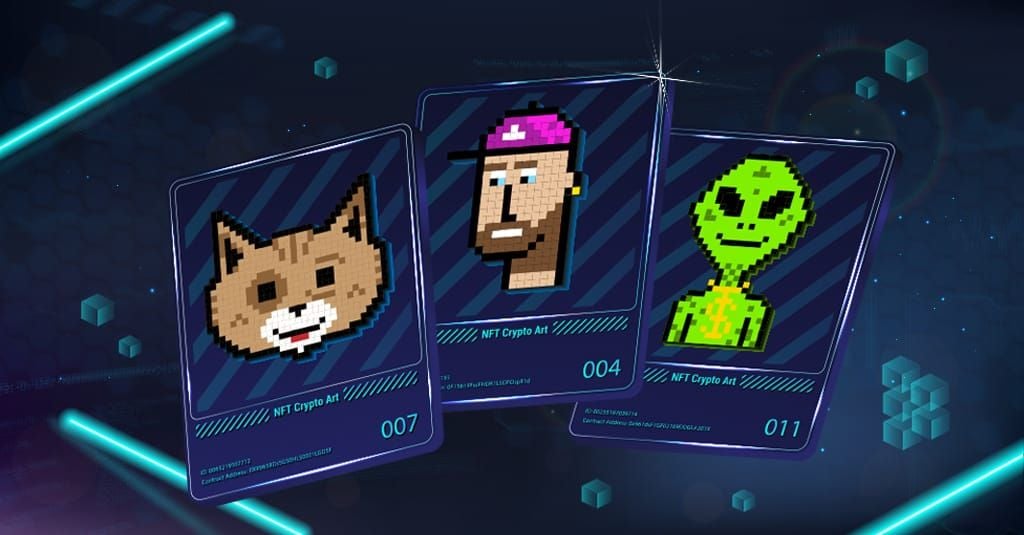
An in-depth look at ways to attract customers – and turn them into partners.
If you follow trends in marketing, sales, or product management, you know that customer engagement is imperative for the growth of your business. In this post, I’ll discuss what engagement is and what key activities, that when done well, will fuel the growth of your products and services. I call it The Engagement Equation.
Gallup, which has done landmark research on this topic, defines engagement as the emotional connection between your customers and your company or product. Lest you think that is fluffy stuff, there is solid research indicating that customers form strong emotions about your product based on interactions and relationships – and that those emotions are primary motivators in their purchase decision. In fact, nothing predicts organic growth like customer engagement. Businesses that have high engagement scores achieve 50% higher revenue, 34% higher profitability, and 55% higher share of wallet than those with lower scores.
I’ve categorized the efforts to deepen that emotional connection into three categories: Content, Channel, and Interaction. When done in conjunction with one another, these elements form a powerful mix that will increase engagement with your best prospects and customers – a virtuous cycle grounded in a knowledge base about those customers and an active program of monitoring, measuring, and adapting. Let’s walk through the equation using the perspective of a product manager.
Know Your Customers
Product managers should be primarily concerned with the why and the what of the product: crafting a vision, actively communicating with customers, and constantly elevating product value and relevance to those customers. There are great tools for forming your knowledge base, including traditional forms of primary and secondary research such as questionnaires, professional reports, published literature, interviews, and panels. This information helps with segmentation – grouping your customer base by common attributes and targeting – identifying a sweet spot and quantifying the market opportunity for that niche.
At OpenArc, we employ user elicitation tools based on principles of human-centered design (HCD) to become more precise in understanding our customers. These tools feature dynamic interaction with clients, getting them to express needs, challenges, preferences, and priorities through a system of iterative and visual comparisons. Pittsburgh’s own LUMA Institute, in fact, is a leading HCD practitioner and educator, and a large percentage of OpenArc team members have trained with them. Drawing on that training, we have formulated several of these illuminative methods into a proprietary blueprinting process that is used to create a picture of our customers’ operating environment and what is most needed for them to achieve their stated business goals.
Content
Content is a term that can have broad implications, but I view it as comprised of the substance of the product – its identity, its functionality, and its brand. Perhaps that’s a little different than what comes to mind when you hear “content,” so let me explain. I regularly advise product managers to create an identity statement to define the essence of the product or concept before they develop features and communications. I like to employ something called the Kawasaki Method, taken from Guy Kawasaki’s classic book Art of the Start. It is simply this – write a succinct description of what your offering is, how it benefits customers, and why it is best among alternatives. I also ask them to write a tagline that summarizes the image they wish to convey to their audience. Sounds simple, but it requires having strong empathy for your customer – and connecting that empathy with an understanding of the product’s highest value to them.
Functionality refers to the utility provided by the product – its value to your customers within an environment, ecosystem, or process. Content is never so important as when your customers are using your product, so it also includes the information and features delivered within this experience. If this is well understood, it will help rationalize product development decisions, increasing your products’ relevance to customer needs.
Your product’s brand, meanwhile, should seek to create a certain emotional impact. A feeling. This occurs when someone uses a product, as well as when they hear, read, or see something about it. You can’t stop it; it will naturally happen. When you are able understand and articulate the desired feeling, you will be better equipped to design the user experience, communicate information, and generate creative and visual expressions of your product.
Channel
Channels are the virtual and physical places where customers see, purchase, and use content; the two are fully interdependent. (Note that I am defining “content” as stated above, including your product’s core functionality and messaging!) To simplify, think of channels as where your customer becomes aware of the product, accesses it, and uses it. As such, there may be media channels, sales channels such as partnerships or agencies, and distribution channels.
Every channel represents an opportunity for delightful engagement, and should be thought of in tandem with the content presented. Selecting the right channels to reach your customers, however, is highly dependent on your knowledge of the customer segment. That is why when I train product managers, I ask them to think of themselves as anthropologists for their customers: obsessed with understanding the ethnography of the user, researching who they are, their pain points and pressures, their customers’ needs, how they measure success, and how they use your product in their environment, ecosystem, or process.
Part of OpenArc’s own customer engagement process is the creation of a matrix of channels and key messages. Within that matrix, we engage with the customer to identify the form and style of messaging based on an understanding of their ethnography. One way to bring to bring clarity to this exercise is to precede it with experience diagramming, a tool that helps visualize work flow and identifies places of intervention and value creation.
Interaction
Interaction, of course, represents those vital moments of connection with your customer – moments that generate the information that will give you insight into how, when, and why they use your product. Data and analytics on that usage is obviously essential, but I believe it is even more important to capture sentiment – how they feel about your product during and after usage. Remember that at the end of the day, their emotional experience will drive loyalty more than anything else.
Invest time then, in understanding two things: how to build relationships and how to measure sentiment. Relationships are at once the best way to make an impact and the best way to gain a true understanding of experience.
According to the recognized customer engagement experts at the Signorelli Consulting Group, customers are increasingly drawn to thought leaders and those with expertise in their industry – and those qualities are differentiators for them in working with business development and sales professionals. Are you listening, product managers? Your customers are busy, and your counsel matters to them in the execution of their responsibilities. Engaging consultative dialogue is a fantastic basis for forming relationships. Think about it: aren’t you drawn to people who have expertise in areas you are most concerned about?
“Easier said than done,” you say. Actually, it’s not as difficult as you might think. For example, Gary Vaynerchuk, the internet and social media rockstar, recommends positioning yourself as an expert industry advocate – and doing so in a forum not affiliated with your company. This lowers the natural skepticism customers have when being sold to and creates greater trust. For example, your work as an anthropologist should include research about how and where your customers learn: what sites, social media channels, authors, trade journals, networks, and associations that they frequent. These are the places where you should build a presence. It could be something as simple as becoming a guest blogger on an association site or a panelist at conference, or creating a Q&A site separate from your company and inviting recognized experts to respond. At OpenArc, we regularly host lunch-and-learns with local executives featuring roundtable discussions on topics relevant to their roles.
Monitor, Measure, Adapt
The measurement task is a wonderful opportunity for creativity – I suggest referring to your channel analysis and doing some experience diagramming to identify points of contact where both quantitative and qualitative information can be collected. For software products such as mobile applications, quantitative metrics include things like downloads, page visits, session length, conversions on offers, links, referrals, subscriptions, and devices used.
For qualitative measurements, you should seek to capture sentiment and devise a system for feedback from points of engagement. It can be things like ratings, comments, surveys, and responses to customer care communications, or it can be summaries and quotes from your expert forum interactions. For personal interactions, there are good elicitation tools that allow you to dig deeper, such as including think-aloud testing, heuristic reviews, and system usability scales. In every case, you should identify your best customers and get a personal picture of their experience.
Product managers, as the representative of the customer’s voice, should be continually championing improvements to the product value proposition and marketing mix that will deepen engagement. Some adaptations, such as messaging, channel presence, and interaction, can occur as running changes under the purview of the product manager. However, other changes, such as new feature development, require resource assignments and a budget. In both situations, measurement is the basis for change. Certainly, changes that require decisions from portfolio managers must be accompanied by data that substantiates the return on investment. This underscores the importance of conceiving of metrics for each interaction point.
In summary, my experience working with companies in a variety of industries reveals a recognition that acquisition and loyalty is rooted in customer centricity and user-driven design and development – resulting in products that customers not only need, that but produce a positive emotional experience. This kind of engagement is the strongest predictor of growth. Sales, marketing, and product management professionals need a framework for organizing their efforts to achieve those goals, and the Engagement Equation provides these professionals with a systematic way of continually delivering engaging customer experiences.









